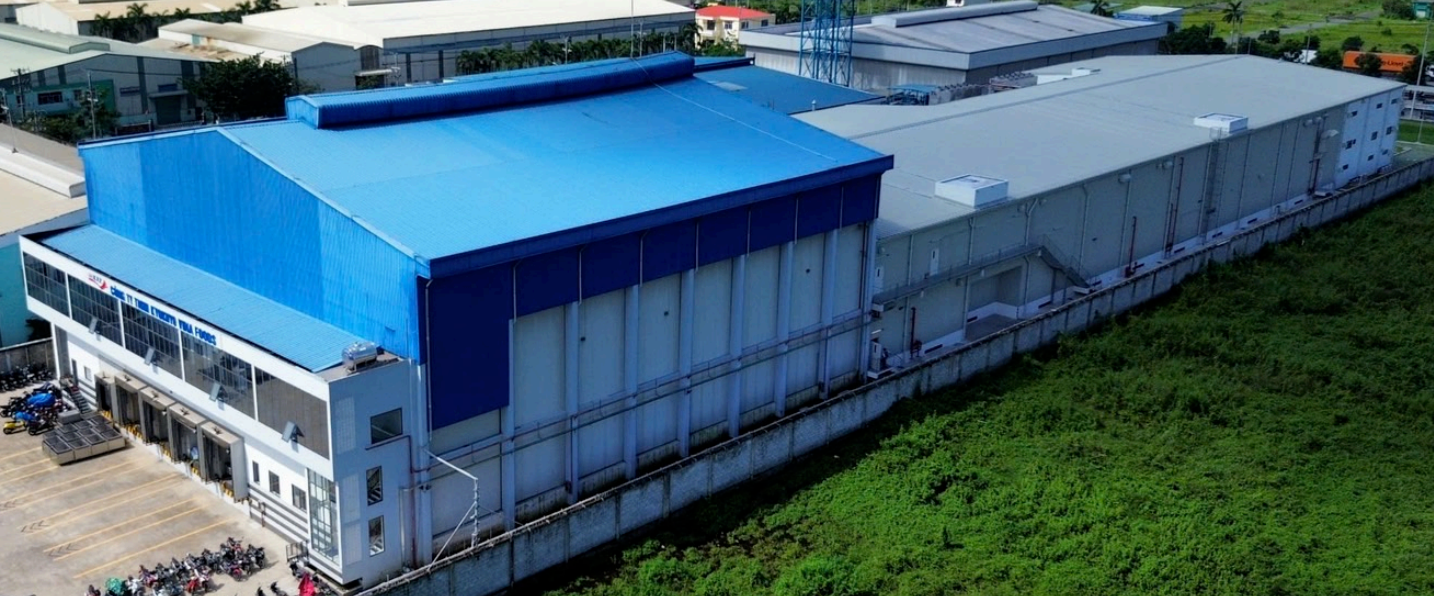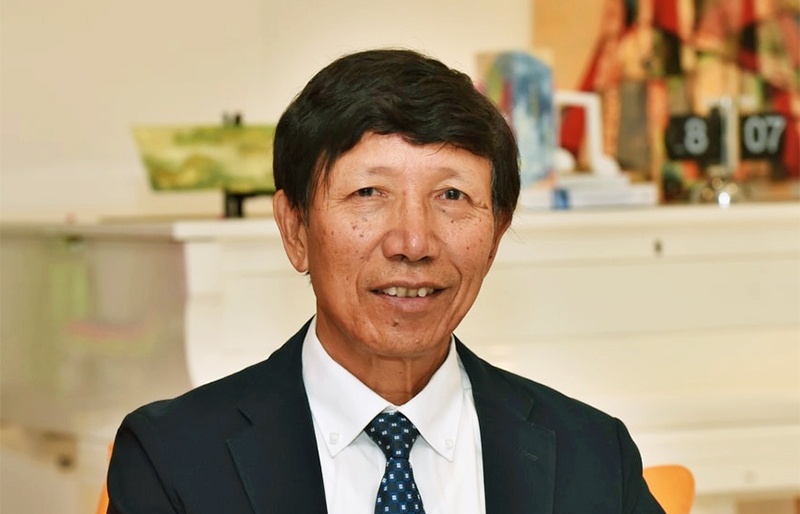More private investments called for improving Vietnam’s healthcare sector

While public hospitals are hugely over-crowded the patient-bed occupancy rate in the private sector remains rather low at many private hospitals.
A recent Ministry of Health (MoH) report showed that only 5 per cent of private hospitals reported a full patient bed occupancy rate while the rate is as low from 20 to 60 per cent at 56 per cent of these private units.
Head of MoH’s Financial Planning Department Nguyen Nam Lien said he believes the bottleneck would be addressed through gradually reducing subsidies the public receive at their normal hospitals.
“This will stimulate the public into using the private sector facilities,” Lien said.
The MoH has presented a concrete roadmap to revise service prices in the public healthcare sector.
During 2014-2015, the price of medical services will include all direct expenses such as wage costs and shift charges, even in minor surgery.
The direct costs for patients during this period will now include 30 per cent of the wage expenditure for provincial-level hospitals and district level hospitals in Hanoi and Ho Chi Minh City, and 50 per cent of wage expenditure for central level hospitals.
In the following period 2016-2017, the service price will cover 100 per cent of the wage expenditure for central and provincial level hospitals and 50 per cent for district-level hospitals.
From 2018 onwards, the medical service charge for patients at public healthcare units will include the patient paying for direct expenses, wage expenditure, housing and equipment amortisation, training, and scientific research.
“There will be a shift in the way state budget is allocated. Support will go directly to medical insurance beneficiaries instead of going to hospitals as previously,” Lien said.
This mechanism will encourage people to buy medical insurance, creating the conditions for the growth of the private sector.
Promoting public-private partnership in medical services development is also important to attract private investors into the sector.
In December 2014, the prime minister enacted Resolution 93/NQ-CP presenting some policies and mechanisms to spur the health sector.
Healthcare units are encouraged to form so-called ‘alliances’ and joint ventures to build new facilities to be operating as businesses.
The southern province of Dong Nai is a successful public-private model. Dong Nai general hospital’s second phase investment, carrying a price tag of VND1.2 trillion ($56 million) and having 700 patient-beds in scope, will go underway using private capital.
According to the Ministry of Health, Vietnam is now home to 170 private hospitals accommodating 9,501 patient-beds, representing 11 per cent of total number of hospitals nationwide.
This includes six foreign-backed hospitals and more than 30,000 private clinics and medical service facilities.
Patient-beds at private healthcare units only make up about 4 per cent of the total whole while nearly 250,000 people are working at these units, including more than 64,400 doctors, 88,000 nurses, 15,180 technicians and 27,500 midwives.
Some private hospitals have seen growth such as the Hanoi French Hospital, Vimec international Hospital (Hanoi), Hoan My general hospital (Ho Chi Minh City), Hop Luc general hospital (Thanh Hoa) and Hoang Viet Thang general hospital (Hue).
What the stars mean:
★ Poor ★ ★ Promising ★★★ Good ★★★★ Very good ★★★★★ Exceptional
Latest News
More News
- Danang makes push for free trade zone (November 11, 2024 | 15:01)
- Danang pinpoints areas to unleash economic potential (November 11, 2024 | 14:53)
- Ca Mau builds up service-oriented administration (November 11, 2024 | 14:29)
- Digital transformation the driving force for Quang Nam (November 11, 2024 | 13:00)
- Tien Giang emerging as strategic investment hub (November 11, 2024 | 11:00)
- Vietnam welcomes more semiconductor enterprises (November 11, 2024 | 10:41)
- Quality must come first in chip mission (November 11, 2024 | 10:33)
- Developers pinpoint energy dealmaking (November 11, 2024 | 08:00)
- German businesses explore investments in Dong Nai (November 08, 2024 | 18:02)
- Vietnam poised to become hub in global semiconductor supply chain (November 07, 2024 | 16:00)



















 Mobile Version
Mobile Version